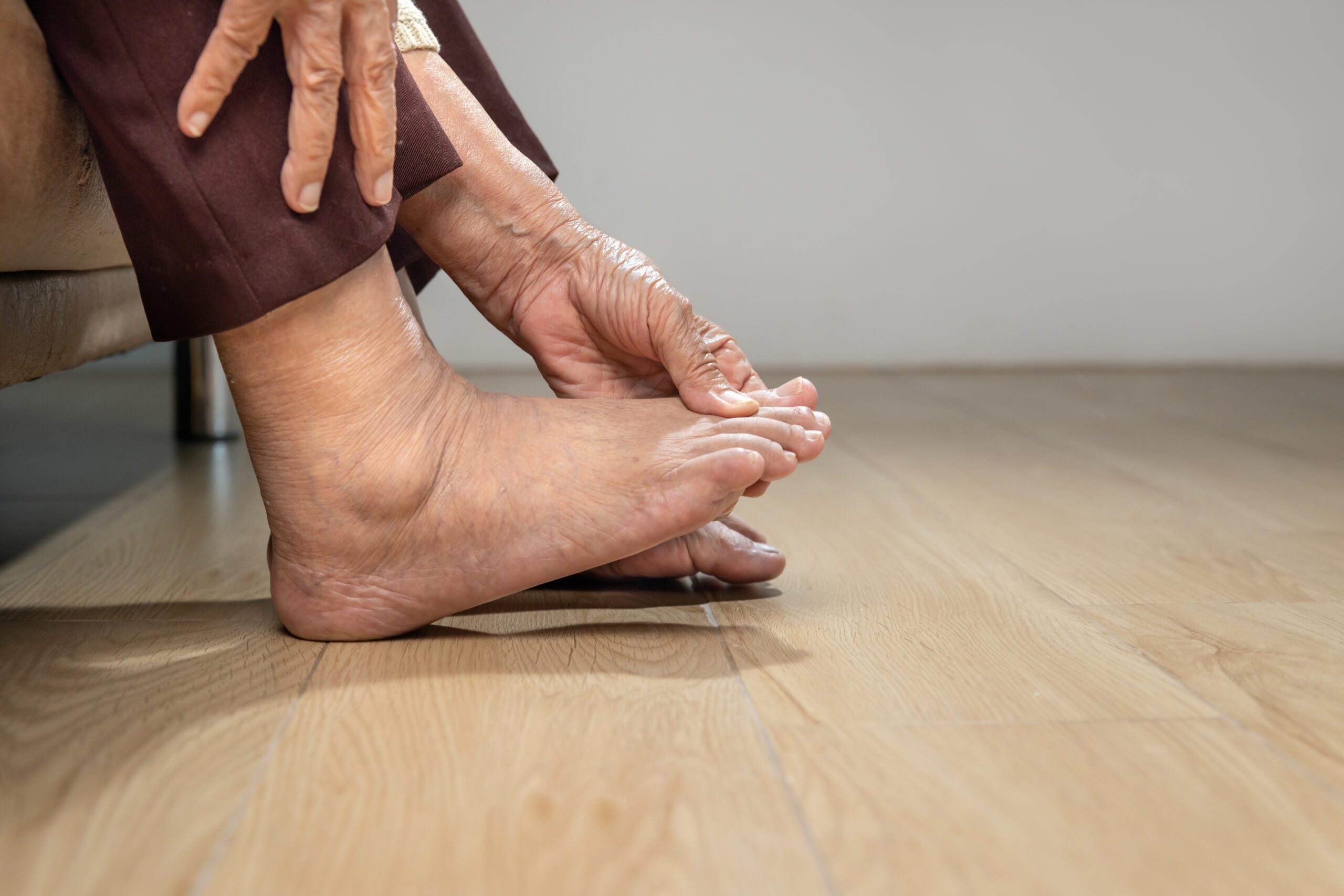Diabetic Foot & Wound Care

People with diabetes often suffer from foot problems that can quickly lead to complications. Since high blood sugar levels can damage the blood vessels and nerves (neuropathy) in the feet, the diabetic patient must take proper foot care seriously. With a diabetic foot, a superficial wound like a blister from wearing a shoe that’s too tight can cause a severe medical condition. A podiatrist should examine and treat foot ulcers, ingrown toenails, blisters, skin breaks, bruises, cuts, and scrapes. Based on individual circumstances, diabetic foot surgery can range from the removal of corns or calluses to the amputation of the lower leg.
Anyone with diabetes should clean and inspect their feet every day while observing all of the basic dos and don’ts to include:
- Keep feet warm and dry
- Wear proper-fitting shoes
- Keep toenails trimmed
- Lower blood sugar levels
- Never walk barefoot
- Use pumice stones (calluses)
- Stop smoking
- Don’t walk on foot when sore
NOTE: Swelling in only one foot can be an early sign of Charcot (pronounced ‘sharko’) foot. This diabetic foot problem can destroy the bones (fractures) and joints (dislocations), causing foot deformity.
Wound Care
Wound care focuses on restoring skin integrity and preventing skin care complications, such as post-trauma infections, for patients with multisystem health complications. Patient care may include a special regimen to promote new skin growth by changing the wound dressing, debridement, cleansing, compression therapy, or removing dead tissue to prevent the spread of infection. From thermal burns to diabetic-venous foot ulcers and pressure wounds, non-healing wounds can dramatically impact patient health and alter their activity level.
Any wound that has not healed in four weeks of standard medical care should be evaluated by a wound care specialist to determine the best approach.
Hyperbaric Oxygen Therapy For Chronic Wounds
Hyperbaric oxygen therapy is an option for chronic wounds. Patients receive 100 percent oxygen under pressure in a single-person chamber. This method allows a high concentration of oxygen to attach to and transport red blood cells to the wound site. Studies have shown that hyperbaric oxygen therapy has increased healing by an average of 25 percent in appropriate patients.
